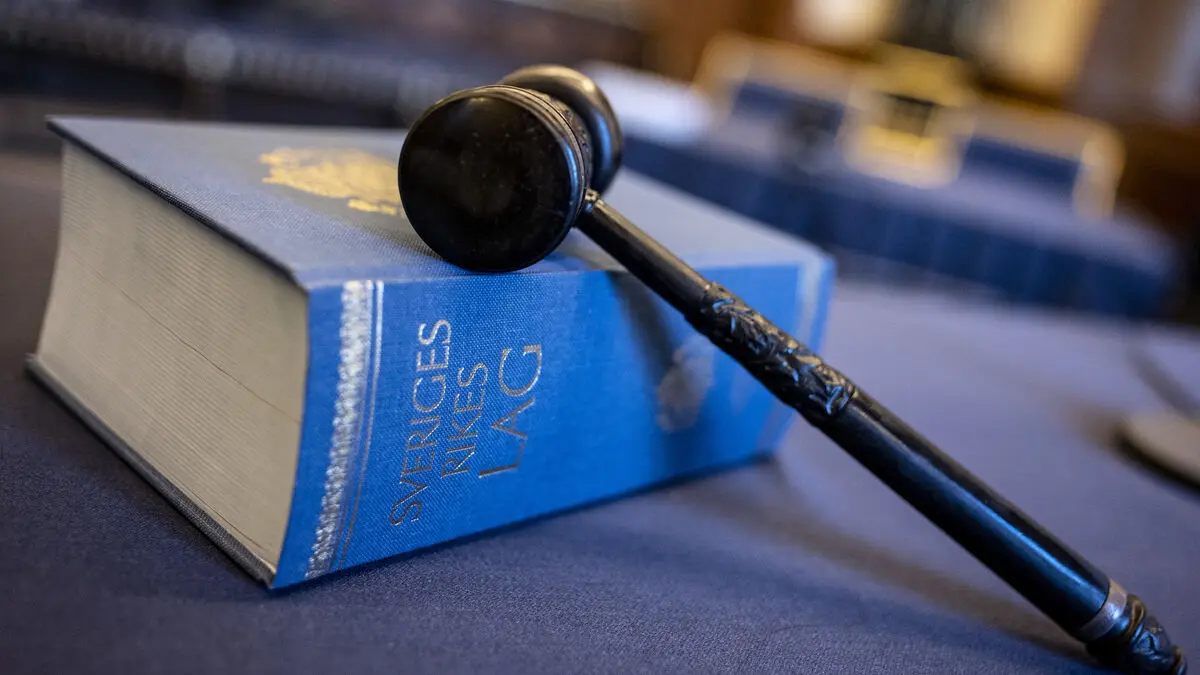After the vote count has been ongoing for over a week, the Republicans have now secured at least 218 seats in the House of Representatives, which is required to gain a majority in the chamber.
The Republicans will thus control both the Senate and the House of Representatives.
The congressional victory makes it difficult for the Democrats to stand in the way of Trump, who during the election campaign, among other things, promised to implement mass deportations, tax cuts, and reform the American economy.
Narrow majority
The current Republican Speaker of the House of Representatives, Mike Johnson, who with Trump's approval also won the party's nomination for Speaker next year, has spoken of cuts in the state apparatus and promised to bring forward a "blue lamp" against political initiatives implemented by the Democrats.
According to Johnson, there is an ambitious agenda for the first 100 days that the party and Trump have drawn up.
But the majority in the House of Representatives appears to be narrow, and it remains to be seen whether it may cause problems for Trump, who may become dependent on a small group of Republicans who hold themselves more towards the center.
Trump loyalists
Such internal conflicts have characterized the Republicans' rule in the House of Representatives in recent years. But the party has also become more loyal to the incoming president, compared to how it was during Trump's first term in the White House.
Not all seats in the House of Representatives have yet been finalized. Of a total of 435 seats, the Republicans have secured 218 against the Democrats' 208, according to AP.
In the Senate, which was previously controlled by the Democrats, the Republicans snatched 53 of a total of 100 seats.
Congress is the federal legislative assembly in the USA, with its seat in the Capitol in the capital Washington DC.
Its work runs in two-year periods, the 118th congressional session started on January 3, 2023. On November 5, members were elected to the 119th session.
Congress consists of the Senate with 100 members, two from each state, and the House of Representatives with 435 seats, distributed in relation to the states' population.
Sources: USA's Congress, House Press Gallery





